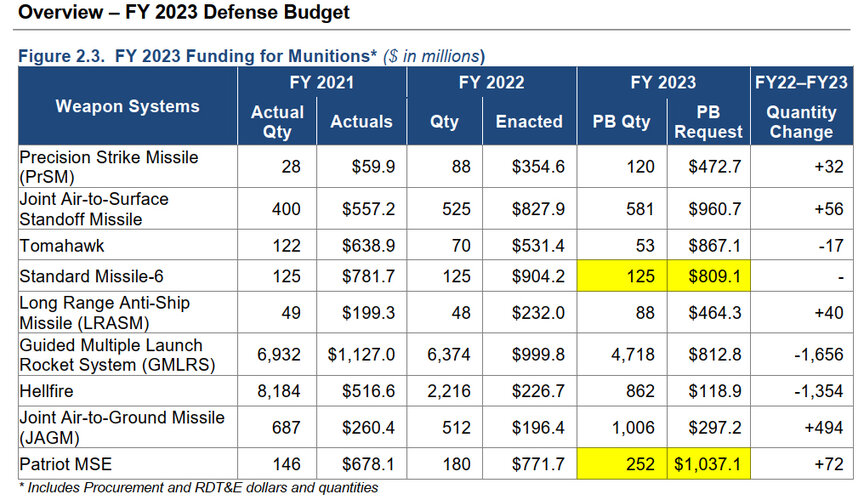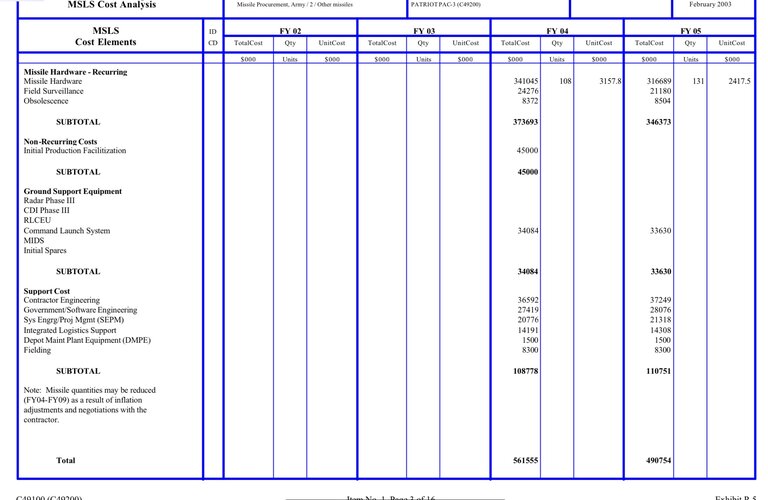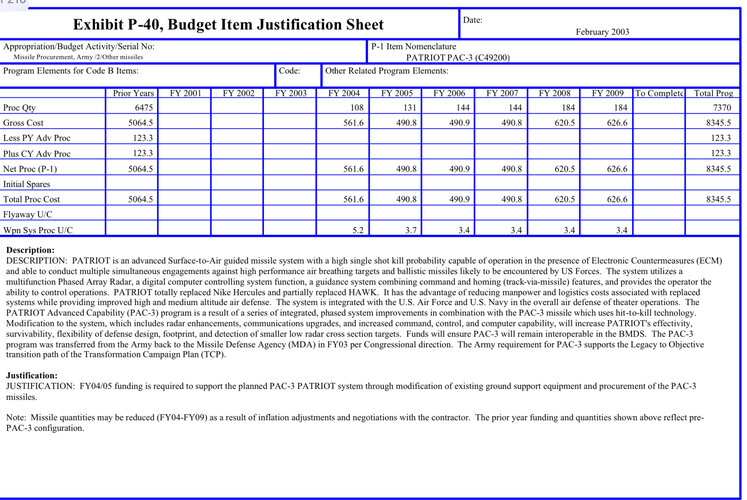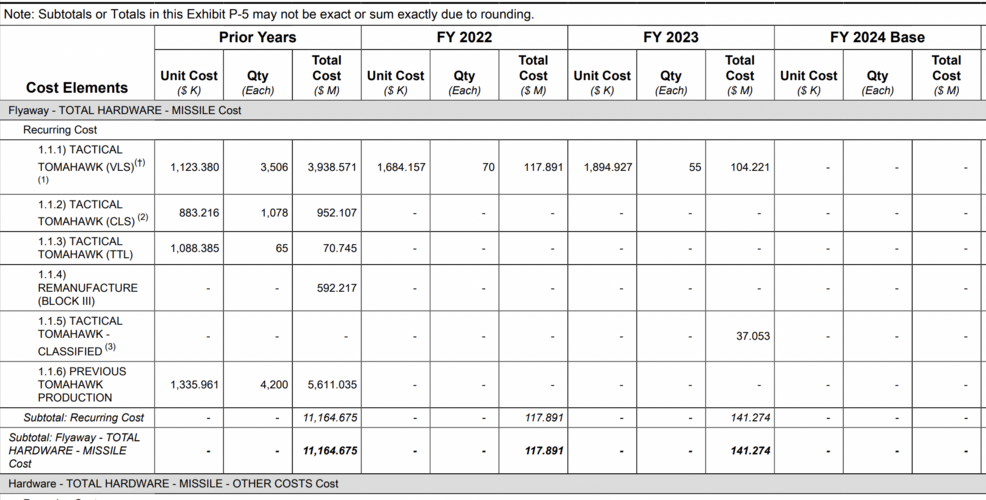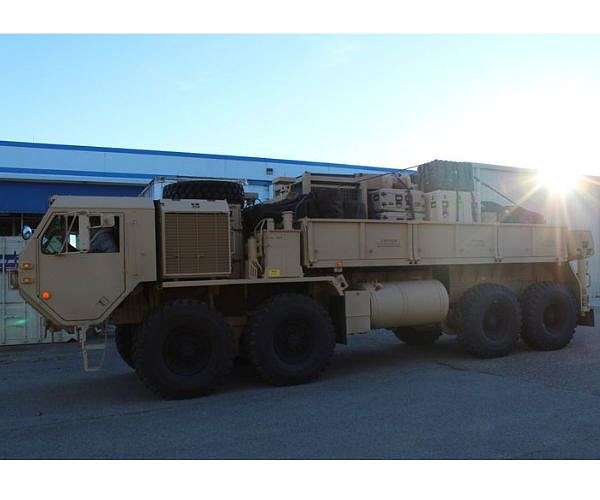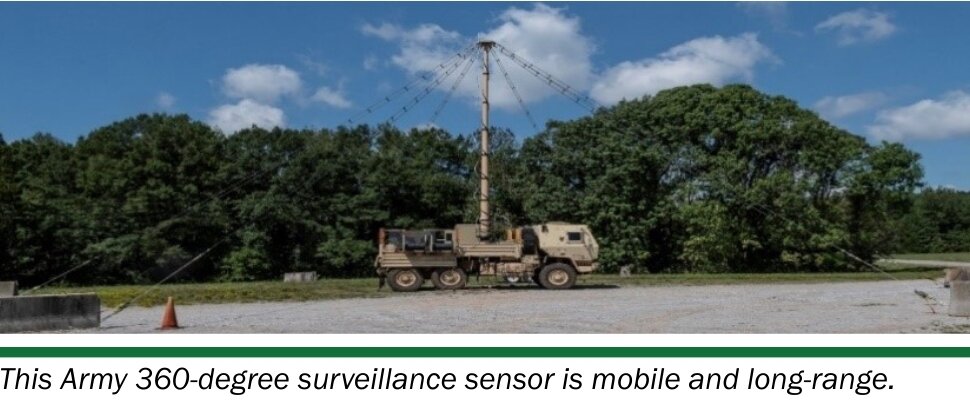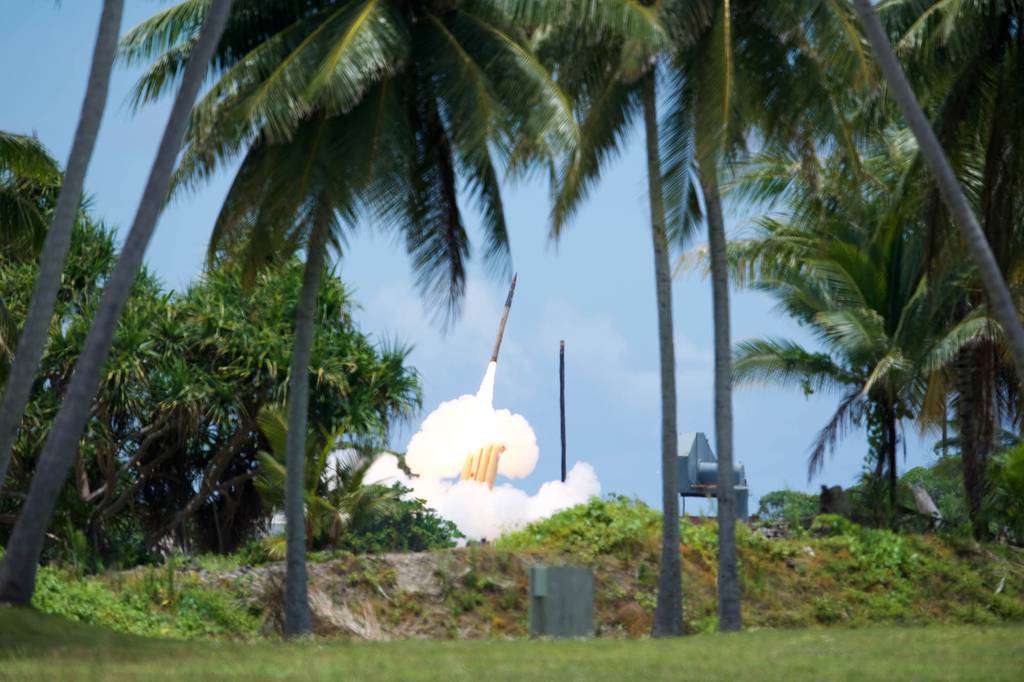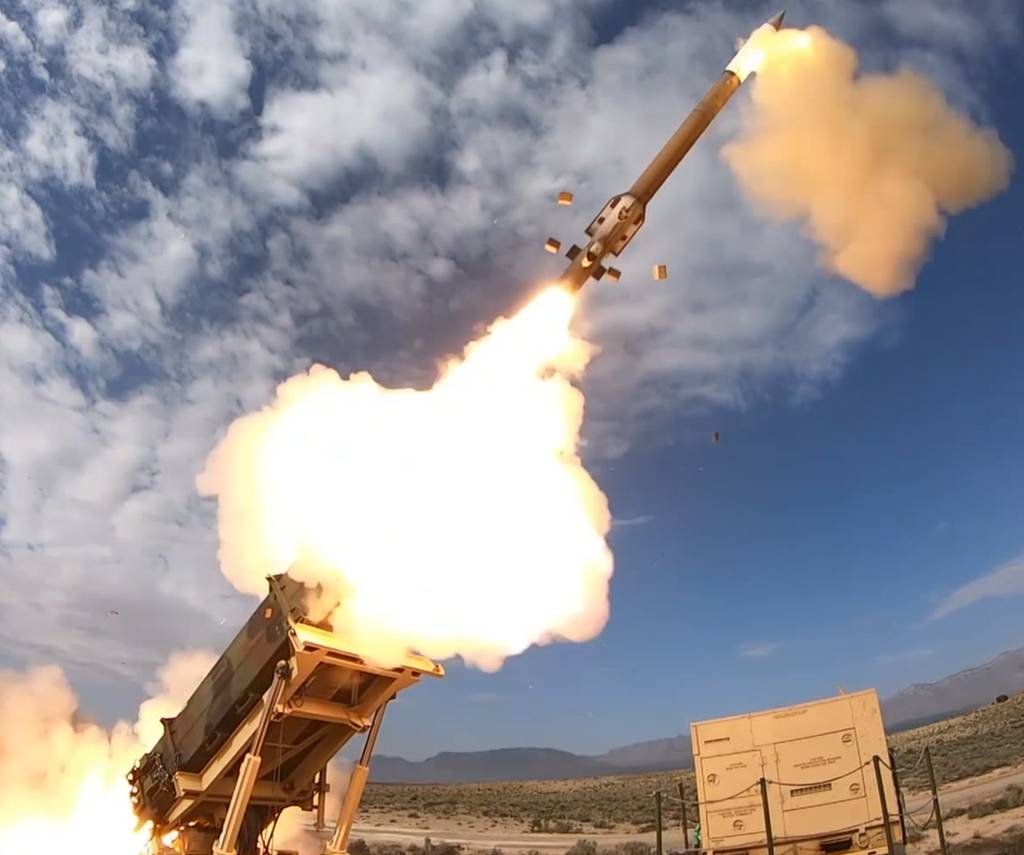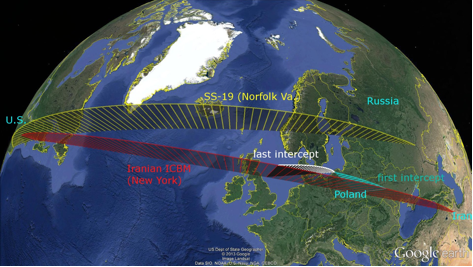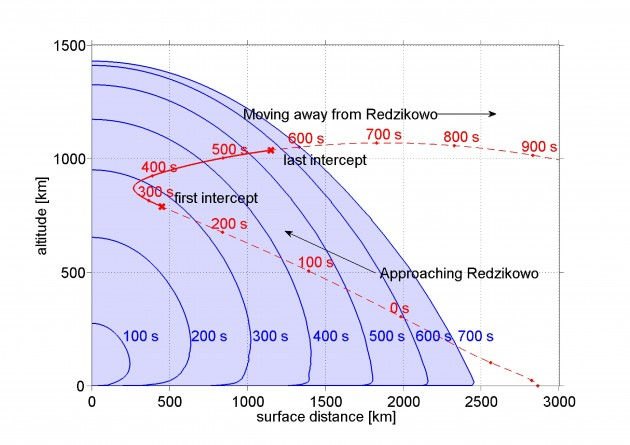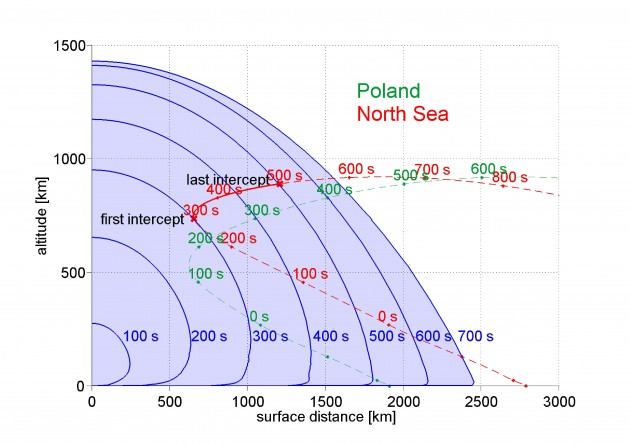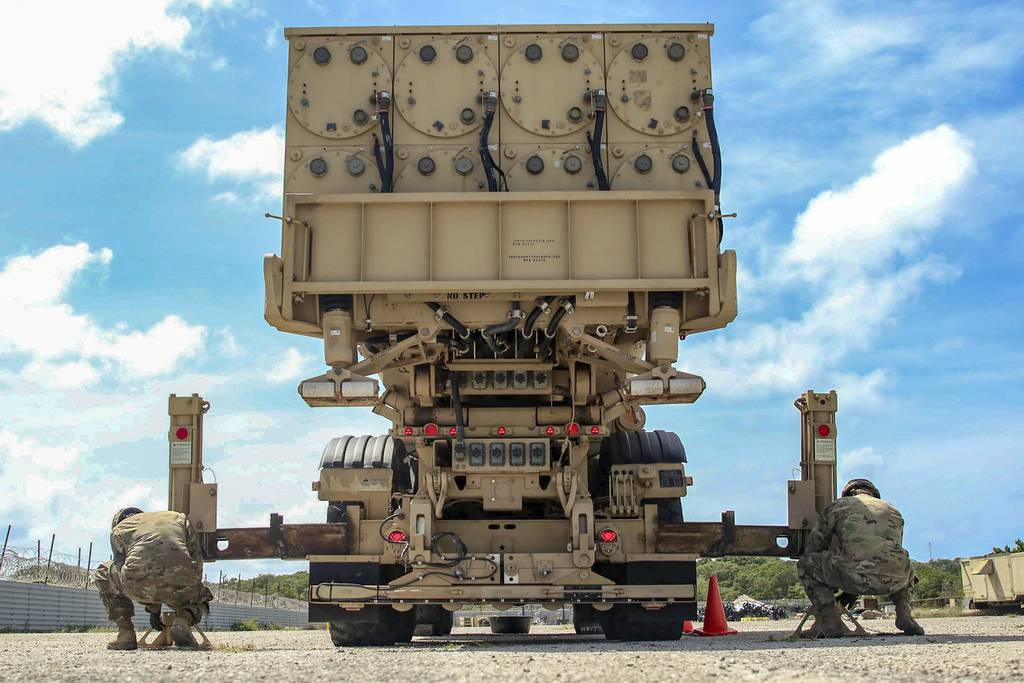The SM-3 travels in space where's there's a vaccum but it can do about 2,400-2,500km up there. The more limited range you quoted is for a successful intercept in various ICBM boost-phase intercept scenarios.
(...)
You can see here that even the 13.5inch Block 1B managed managed 900-1,200km maximum range in space, vs a 400km range for an aerial intercept with a 13.5inch SM-6. So if we assume 1/3rd space range for atmospheric intercepts, then ~800km should be the maximum range for a theoretical mobile SM-6 Block 1B SAM launcher, which would massively c0ck-block glide bomb launching aircraft.


